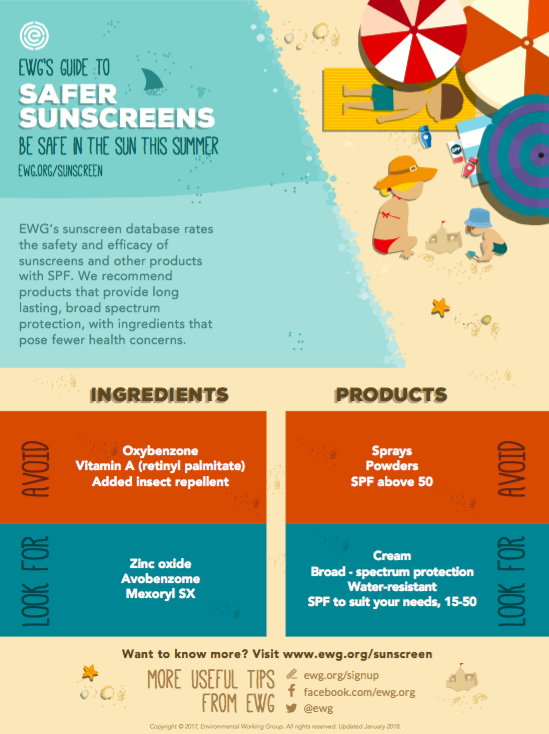A few words on the importance of Vitamin D from Dr. Richard Nahas…
There is a powerful way to heal the immune system that has been ignored by modern medicine until now. If you have asthma, psoriasis or eczema, lupus, rheumatoid arthritis, multiple sclerosis, type 1 diabetes, inflammatory bowel disease, this is especially important news. Since the immune system is important for many of the other chronic diseases of aging, everyone should know about the benefits of this molecule. We have come across an increasing amount of research about this powerful molecule. Its name is cholecalciferol but you will know it as vitamin D. The role of vitamin D in normal immune function has long been overlooked by mainstream medicine. Although it is called a vitamin, it actually acts more like a hormone. There is a vitamin D receptor in the nucleus of many different cells of the body. This nuclear vitamin D receptor (VDR) is similar to the receptors for thyroid hormone, cortisone and growth hormone. This is not surprising, since its structure is very similar to the steroid hormones and its name, cholecalciferol, reminds us that it is chemically related to cholesterol, just like the hormones cortisone and progesterone.
Our skin produces large amounts of vitamin D when it is exposed to UV rays from the sun. This should have been an obvious sign that it has healing effects –our body makes it when exposed to damaging radiation. Hindsight is always 20/20, as they say. For decades, scientists have assumed that Its major role in the body was to help us absorb and store calcium, but it does many other things.
Research shows that vitamin D helps to normalize the function of many of our immune cells. Macrophages, one kind of immune cell, are the body’s first line of defense against infection. They release cytokines into the bloodstream that travel throughout the body and tunes up many other parts of the immune system, setting them on ‘red alert’. This is important for fighting infections, but the system doesn’t always return to normal. The cytokines trigger inflammation, which causes the damage seen in the autoimmune disorders. Drugs that target these cytokines – like Remicade and Humera – are considered cutting edge treatment for these diseases. Vitamin D is our body’s natural way of returning the immune system to normal after this red alert. When macrophages have been activated to pump out cytokines, vitamin D can bind to the VDR in their nucleus to tone down this production.
When your body does not have enough vitamin D, you may be unable to bring your immune system back to normal.
And Now an Article on Sunscreen from The Environmental Working Group (EWG)
Do you depend on sunscreen for skin protection? Millions of Americans do, but they shouldn’t rely on this alone. The rate of melanoma diagnosis is increasing. The consensus among scientists is that sunscreens alone cannot reverse this trend. Yet a good sunscreen can play a role in preventing sunburns that are a major risk factor for melanoma – provided you use it correctly.
Sunscreen should be just one tool in your arsenal. These eight little-known facts about sunscreens will help you spot problem products and avoid getting burned.
1. There’s no proof that sunscreens prevent most skin cancer.
Rates of melanoma – the deadliest form of skin cancer – have tripled over the past 35 years. Most scientists and public health agencies – including the Food and Drug Administration itself – have found very little evidence that sunscreen prevents most types of skin cancer. Read more
2. Don’t be fooled by high SPF.
High-SPF products tempt people to apply too little sunscreen and stay in the sun too long. The FDA has proposed prohibiting the sale of sunscreens with SPF values greater than 50+, calling higher SPF values “inherently misleading,” but it has not yet issued a regulation that carries the force of law. Ten percent of sunscreens we evaluated this year advertised SPF values greater than 50+. Read more
3. The common sunscreen additive vitamin A may speed development of skin cancer.
The sunscreen industry adds a form of vitamin A to 14 percent of beach and sport sunscreens, 15 percent of moisturizers with SPF, and 6 percent of lip products with SPF in this year’s database.
Retinyl palmitate is an antioxidant that combats skin aging. But studies by federal government scientists indicate that it may trigger development of skin tumors and lesions when used on skin in the presence of sunlight. Other governments warn that cosmetics may contribute to unsafe amounts of vitamin A, and recommend against using vitamin A-laden cosmetics on the lips and over large portions of the body. EWG recommends that consumers avoid sunscreens, lip products and skin lotions that contain vitamin A or retinyl palmitate, which is also called retinyl acetate, retinyl linoleate and retinol. Read more
4. European sunscreens provide better UVA protection.
Nearly every sunscreen sold in the U.S. claims to offer “broad spectrum” protection, which suggests they shield against harmful UVA rays. But many products are too weak to be sold in Europe, where standards are higher. In Europe, sunscreen makers can formulate their products with four chemicals that offer stronger protection from UVA rays. American manufacturers have been waiting for years for FDA approval to use these sunscreen ingredients. The FDA has asked for more safety data, but until the FDA approves these ingredients and lifts restrictions on combining certain active ingredients, Americans will not be able to buy sunscreens with the strongest UVA protection. Read more
5. Sunscreen doesn’t protect skin from all types of sun damage.
SPF measures protection from sunburn, but not other types of skin damage. The sun’s ultraviolet rays also generate free radicals that damage DNA and skin cells, accelerate skin aging and may cause skin cancer. American sunscreens can reduce these damages, but not as effectively as they prevent sunburn. People can run into problems if they pick a sunscreen with poor UVA protection, apply too little or reapply it infrequently. Sunscreen companies commonly add SPF boosters that inhibit sunburn but may not protect from other damages. The FDA should strengthen its regulations to ensure that sunscreens offer the best possible skin protection. Read more
6. Some sunscreen ingredients disrupt hormones and cause skin allergies.
Sunscreen is designed to be applied to large portions of the body, several times per day. Sunscreen ingredients soak through skin and can be detected in people’s blood, urine and even mothers’ breast milk. Several commonly used ingredients appear to block or mimic hormones, and others cause allergic reactions on sensitive skin. The FDA’s sunscreen rules grandfathered in sunscreen active ingredients that were already on the market. The agency has never reviewed evidence of ill effects of sunscreen ingredients. Read more
7. Mineral sunscreens contain nanoparticles.
Most zinc oxide and titanium dioxide-based sunscreens contain nanoparticles one-twentieth the width of a human hair, to reduce or eliminate the chalky white tint that larger particles leave on the skin. Based on the available information, EWG gives a favorable rating to mineral ingredients in sunscreens, but the FDA should restrict the use of unstable or UV-reactive forms of minerals that would lessen skin protection. Read more
8. If you avoid sun, check your vitamin D levels.
Sunshine causes the body to produce vitamin D, a critical function that sunscreen appears to inhibit. Vitamin D, technically a hormone, strengthens bones and the immune system and reduces risks of breast, colon, kidney and ovarian cancers, and perhaps other disorders.
About 25 percent of Americans have borderline low levels of vitamin D, and 8 percent have a serious deficiency. Breast-fed infants, people with darker skin and people who have limited sun exposure are at greatest risk of vitamin D deficiency. Many people can’t or shouldn’t rely on the sun for vitamin D. Check with your doctor to find out whether you should be tested for deficiency, or should take seasonal or year-round supplements. Read more
Visit this link to search for your sunscreens score.

Read the full article from EWG here

